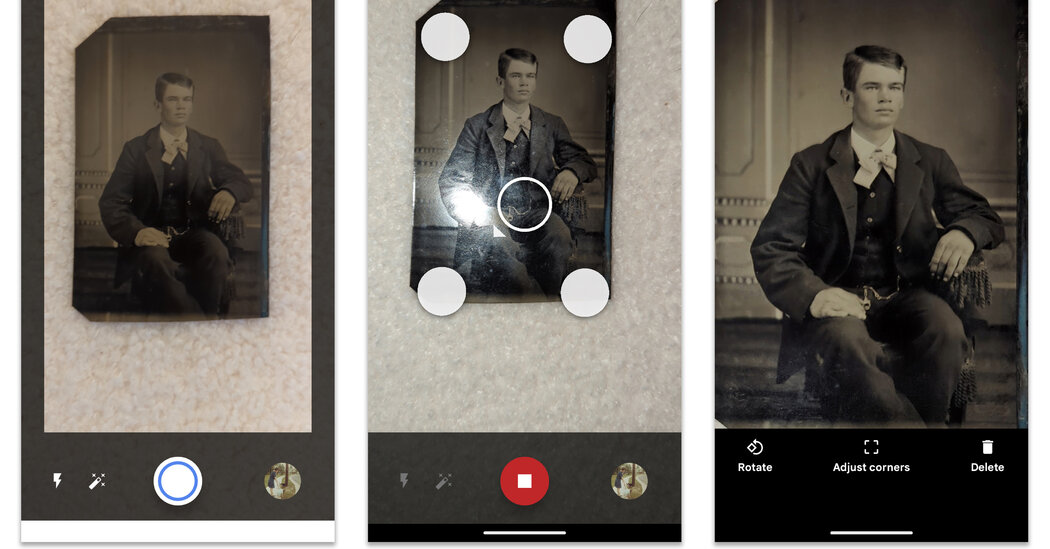Spending time in graveyards and libraries may not be everyone’s idea of summer fun, but for those interested in finding their roots, collecting information about one’s ancestors is a “family” vacation. Sure, genealogy sites have made researching one’s ancestral history much easier with digitized document archives, family-tree-building software and community forums. But not everything is online.
As you visit libraries, archives and cemeteries in pursuit of your roots, keep your smartphone or tablet at hand — it can help with translation tools, document scanners and more. Here are a few tips that can make your research trips more efficient.
Decipher Text
Old newspapers, religious registries, grave markers and official government documents (either preserved in an analog archive or digitized online) can be invaluable resources for getting information about your ancestors. However, not every source may be in a language you know.
Google Lens (available as an Android app or within the Google app for iOS) can isolate the words in an image and offer an onscreen translation. You can also copy the isolated text into a note or document.
In iOS 15 and later, you can use Apple’s Live Text feature, which uses the camera to translate, copy and share text visible onscreen. When you have a document or headstone in view, tap the square Live Text icon in the bottom-left corner. The software highlights the words and offers a Translate option from the pop-up menu.
If you’re still at a loss for the words, consider the free translation apps on your phone. Google Translate (for Android and iOS and the desktop web browser) and Apple’s Translate app for its iOS devices are options, as are third-party translation apps and A.I. chatbots.
If the software has trouble recognizing the text or you have handwritten records that produce garbled translations, try retyping the content into your phone’s notes app or a word-processing document. Next, paste that text into your translation app to see the results. Software-generated translations are not likely to be perfect, but you can probably get a general idea.
Poor-quality images, input errors or languages that use certain alphabets or stylized fonts can befuddle the software, so search the web for help with converting the words into something your translation app recognizes. For example, some newspapers produced for German immigrants used typefaces like Fraktur with certain characters that don’t exist in other alphabets, but…
Click Here to Read the Full Original Article at NYT > Travel…
